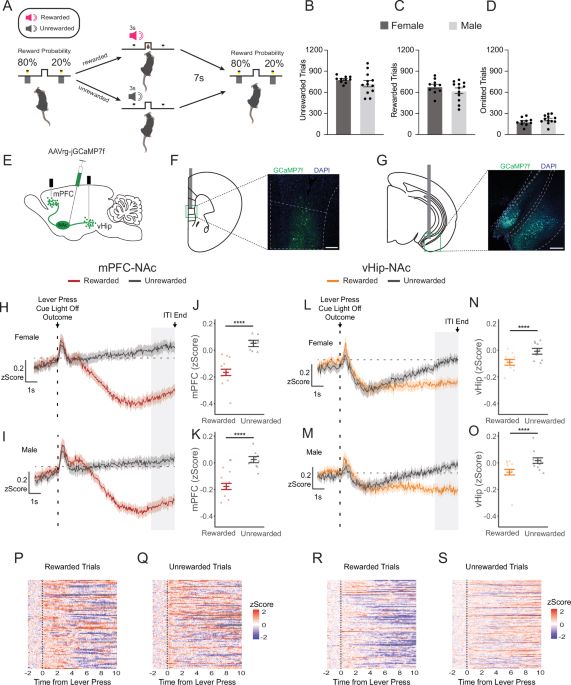Eshaan Iyer
@eshaaniyer.bsky.social
30 followers
82 following
14 posts
PhD candidate in Neuroscience at McGill University
Posts
Media
Videos
Starter Packs
Eshaan Iyer
@eshaaniyer.bsky.social
· Apr 15
Eshaan Iyer
@eshaaniyer.bsky.social
· Apr 15
Eshaan Iyer
@eshaaniyer.bsky.social
· Apr 15
Eshaan Iyer
@eshaaniyer.bsky.social
· Apr 15
Eshaan Iyer
@eshaaniyer.bsky.social
· Apr 15
Eshaan Iyer
@eshaaniyer.bsky.social
· Apr 15
Eshaan Iyer
@eshaaniyer.bsky.social
· Apr 15
Eshaan Iyer
@eshaaniyer.bsky.social
· Apr 15
Eshaan Iyer
@eshaaniyer.bsky.social
· Apr 15
Eshaan Iyer
@eshaaniyer.bsky.social
· Apr 15
Eshaan Iyer
@eshaaniyer.bsky.social
· Apr 15
Eshaan Iyer
@eshaaniyer.bsky.social
· Apr 15
Eshaan Iyer
@eshaaniyer.bsky.social
· Apr 15
Eshaan Iyer
@eshaaniyer.bsky.social
· Apr 15

Reward integration in prefrontal-cortical and ventral-hippocampal nucleus accumbens inputs cooperatively modulates engagement - Nature Communications
Neural circuit mechanisms underlying integrating information about reward across time are not fully understood. Here, the authors show that common outcome-integration signals from the medial...
www.nature.com